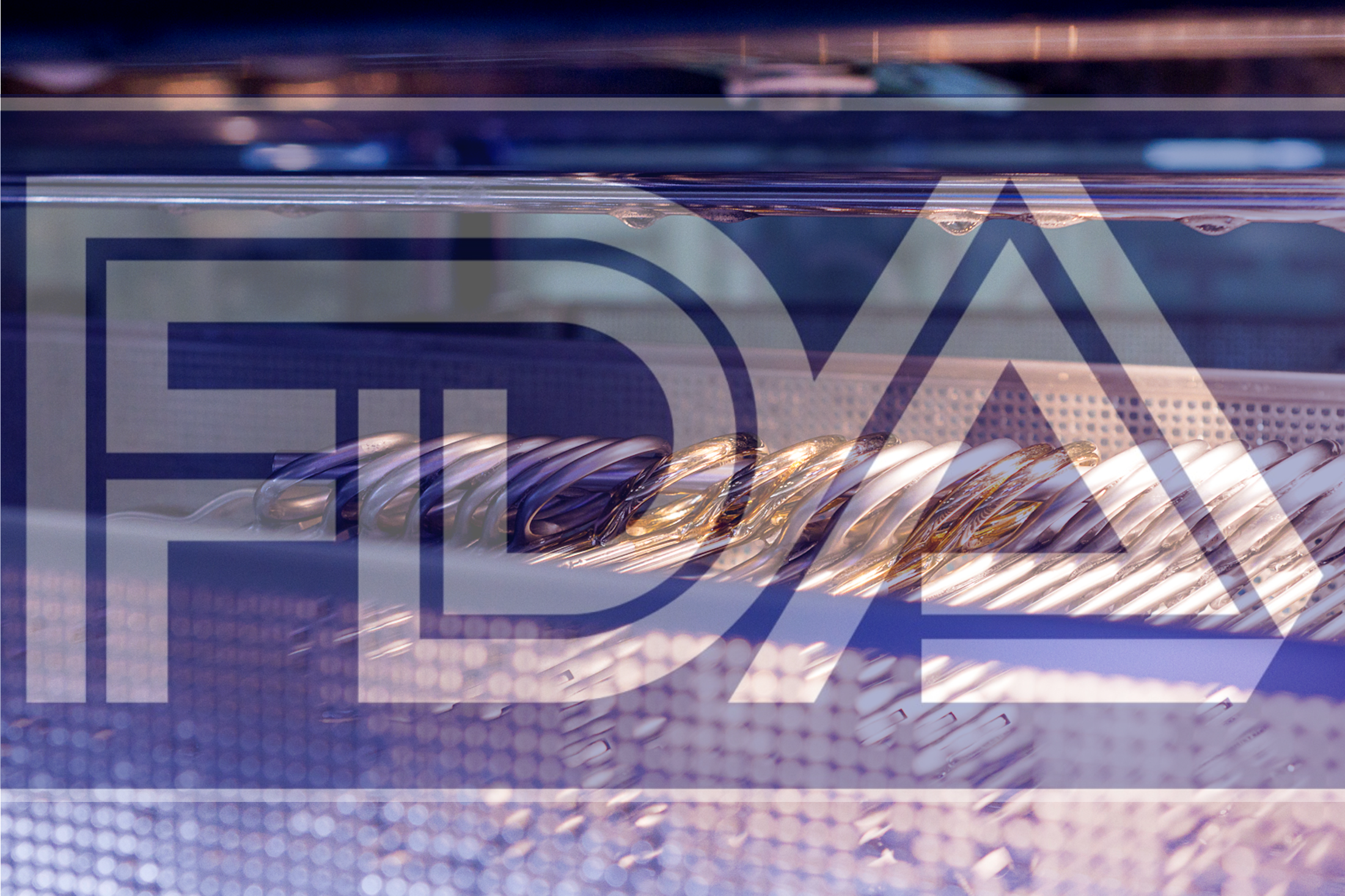
Proper reprocessing of medical devices is a
critical element in safeguarding patient safety. Reprocessing involves the
thorough cleaning, disinfection, and sterilization of devices to ensure they
can be safely reused. This blog post explores the guidelines and validation
methods outlined in the "Reprocessing Medical Devices in Health Care
Settings: Validation Methods and Labeling, Guidance for Industry and Food and
Drug Administration (FDA) Staff."
Why
Reprocessing Matters:
Reprocessing allows for the reuse of
certain devices without compromising patient safety. This is an established and
highly regulated practice and is particularly important with the increasing
emphasis on sustainability and cost-effectiveness in healthcare. However, with
the ever-evolving medical device design and complexity, reprocessing comes with
its own set of challenges and requires stringent guidelines to ensure
effectiveness.
FDA Guidance
for Industry:
The FDA provides crucial guidance for
industry professionals engaged in the reprocessing of medical devices. This
guidance document addresses key aspects, including validation methods and labelling,
to establish a standardized approach across the healthcare sector.
Validation
Methods:
Validation is at the heart of reprocessing.
It ensures that the cleaning, disinfection, and sterilization processes
effectively eliminate contaminants, rendering the device safe for reuse. The
FDA's guidance emphasizes the importance of robust validation methods,
including:
Biological Indicators: Using live microorganisms to assess the effectiveness of
sterilization processes. The selection of the microorganisms to create a
sterilization challenge device entirely depends on the sterilization method
being validated. The concentration of microorganisms must also represent the
worst-case scenario contamination and be higher than the natural bioburden on
the medical device.
Chemical Indicators: Employing chemical indicators to confirm exposure to sterilization
conditions. The main sterilization conditions verified are temperature,
pressure and time.
Mechanical Testing: Ensuring that devices can withstand the rigours of reprocessing
without compromising their integrity. As a starting point, simulated use cycles
must be performed and repeated at least six times. The FDA also requires the
assessment to include the entire expected life cycle for the device.
Cleaning Verification: Validating the effectiveness of cleaning processes to remove
contaminants. This is demonstrated by reducing clinically relevant analytes,
such as protein, hemoglobin and carbohydrate, to below the accepted benchmarks.
Labelling Requirements: Proper labelling is essential for communicating critical
information about reprocessed devices. The guidance outlines the necessary
details that should be included on labels, such as Reprocessing Instructions:
Clear and concise instructions for healthcare professionals on how to effectively
reprocess the device.
Number of Reprocessing Cycles: Specifying the maximum number of times a device can be safely
reprocessed.
Expiration Date: Indicating the date beyond which the device should not be used,
ensuring its continued safety and effectiveness.
Challenges
and Considerations
While reprocessing offers benefits, it's
not without challenges. The guidance document addresses considerations such as
the need for manufacturers to provide adequate instructions for reprocessing
and the importance of collaboration between healthcare facilities and device
manufacturers to ensure adherence to guidelines.
The FDA's guidance provides a roadmap for
establishing and validating effective reprocessing methods, ultimately
contributing to the delivery of safe and sustainable healthcare. For more
information, contact SteriLabs to start developing validation plans for your
medical device.
My SteriLabs Experience as an Interdisciplinary Biochemistry and Microbiology Intern. Blog post by Natasha Tal.
September 22, 2025
Microbiologist / Study Lead (Sterilization, Sterility Testing & QMS) — 24-Month Term
September 18, 2025
Media fill testing: Ensuring Aseptic Processing for Client Projects and Licence Applications. Blog Post by Natasha Tal
August 22, 2025